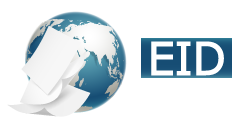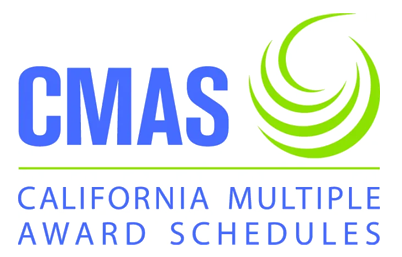FAQ
The automation of a business process, in whole or part, during which documents, information, or tasks are passed from one participant to another for action, according to a set of procedural rules”
The WfMC has further defined a workflow system as:
A system that defines, creates and manages the execution of workflows through the use of software, running on one or more workflow engines, which is able to interpret the process definition, interact with workflow participants and, where required, invoke the use of IT tools and applications.
The definition of routing can be considered the transfer or exchange of information between 2 or more users or steps within a process, or task. The important difference is that all workflow technologies include some level of information, or process/activity, routing, but routing does not ever include process management (workflow).
Some organization hold onto the hard-copy information for 1 year or so, and others less time. The specific time for your organization will be based on your comfort levels. These technologies are very stable. The issues that always come into play are the times that it takes for the system to have “roll-out” issues addressed/resolved and the time for the users to become familiar with the new technology during the scanning, indexing, and data verification phases.
There is a national and international effort underway to develop a technical report on this very issue. This project is working under the AIIM Standards “umbrella”, specifically the C22 Evidentiary committee and ISO TC 171. The document number is ISO 15801 and is in the process of finalization by ISO and prepared for publication. If you contact either the C22 committee chair, or Ms Betsy Fanning at AIIM, you will be able to get more information on this work effort.





